Report this entry
More from the same community-collection
J.B. White, Project Engineer 1937
Note under image says: 5-3-37, 4:45pm, El Paso, Texas; American ...
Construction of American Dam 1937
Note says: 5-4-37, 2:00pm, El Paso, Texas American Dam; Insley ...
Construction of American Canal 1937
Note on image: 5-4-37, 3:00pm, El Paso, Texas American Canal; ...
Construction of American Canal 1937
Note in image: 5-5-37, 1:00pm, El Paso, Texas American Canal; ...
Construction of American Dam 1937 - El Paso, Texas
Note under image: 5-8-37, 11:30 am, El Paso, Texas. Sanitory ...
Electric Welder at American Dam, 1937
Note in image: 5-11-37, 12:15 pm, El Paso, Texas American Dam; ...


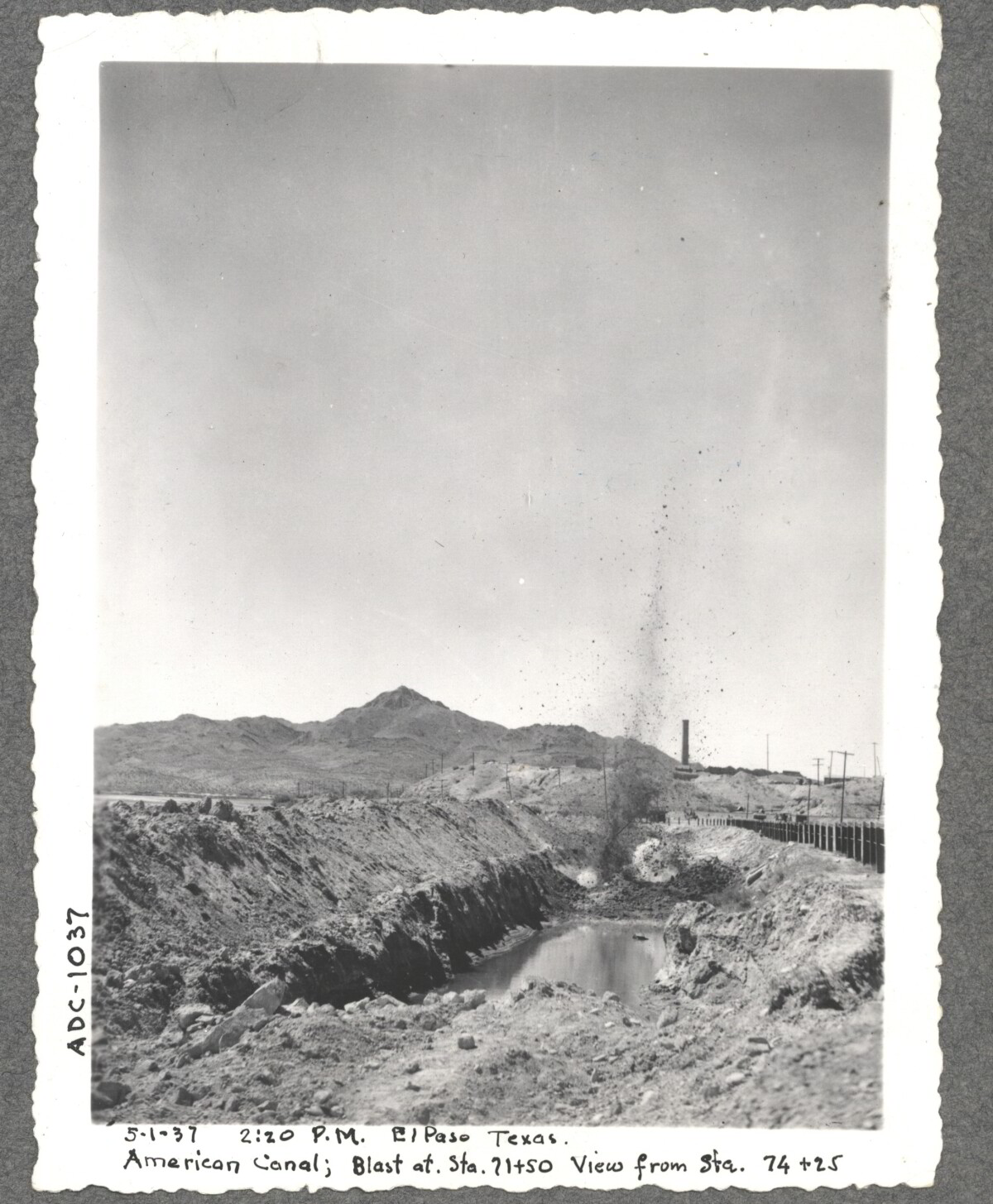










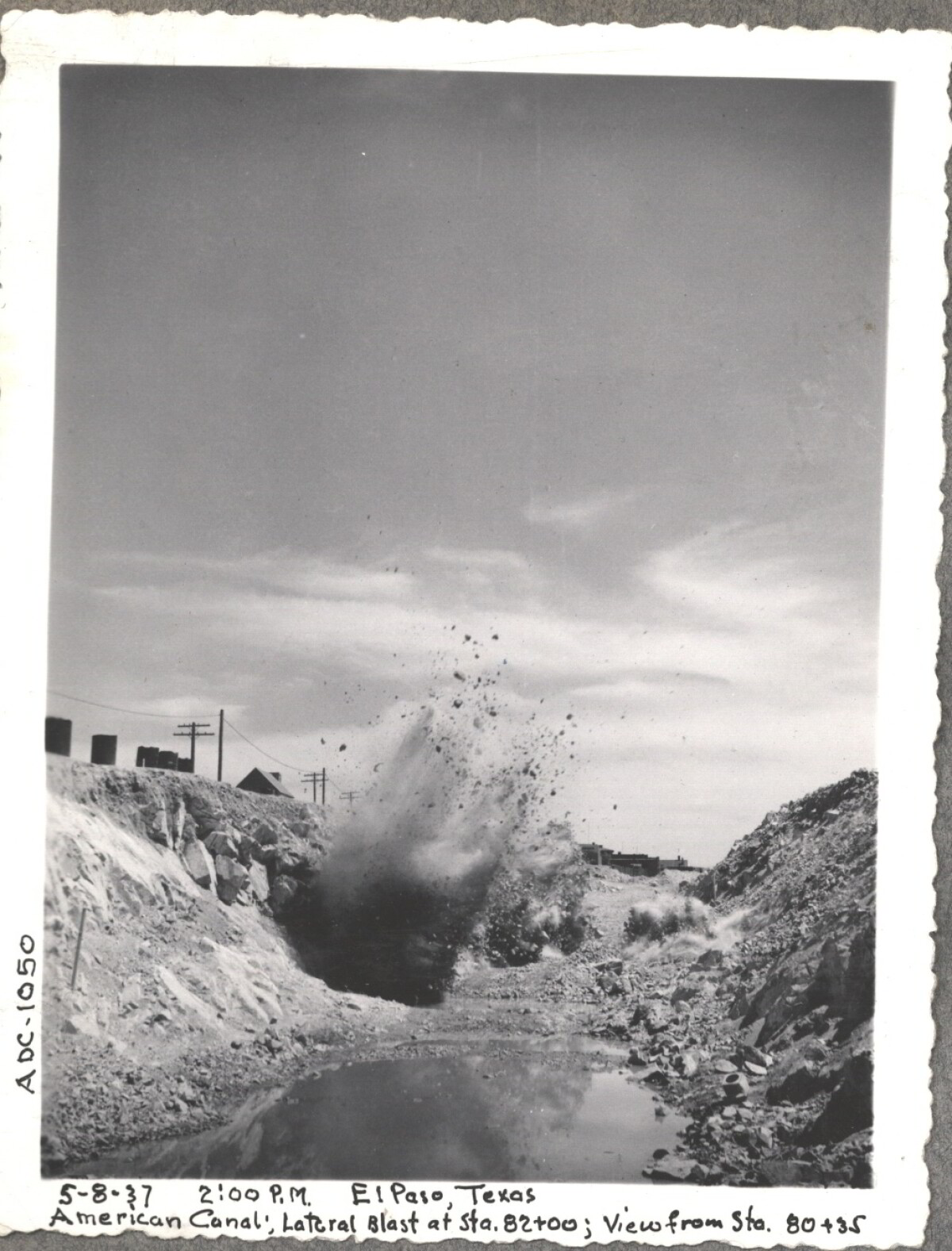










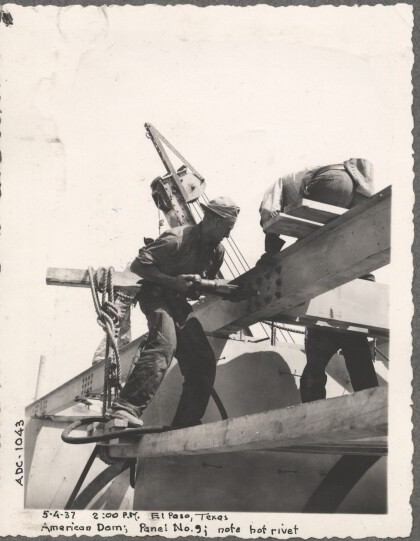











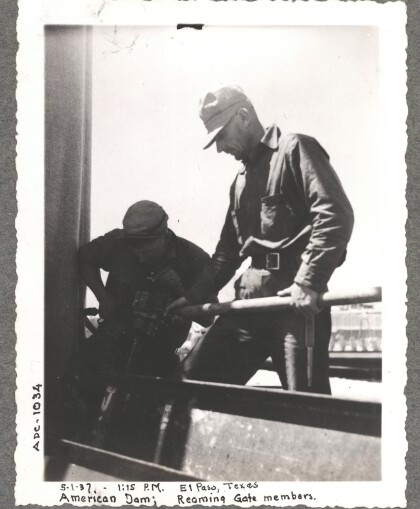





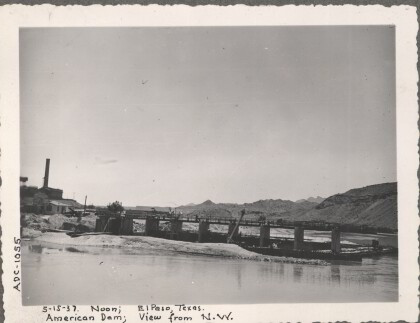
Comments
Add a comment